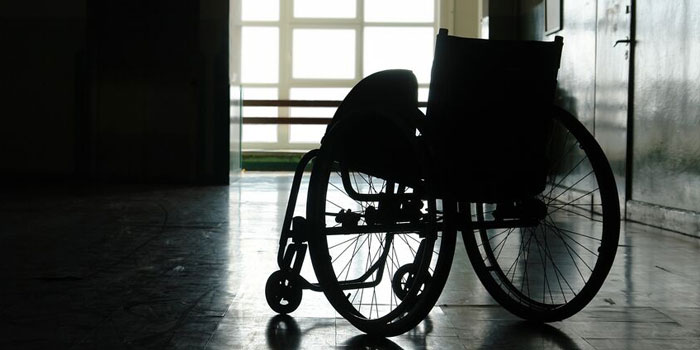(NRL News Today) Not many people, including me, are aware of a lawsuit against California’s ‘End of Life Options Act’ that has enormous implications for people with disabilities. In an op-ed appearing in The Hill Matt Valliere lays out the case why, under EOLOA, “people with life-threatening disabilities and only people with life-threatening disabilities who say they want to die can get a state-facilitated death. Everyone else gets suicide prevention and the protections afforded by the law and professional standards. That’s not choice, it’s eugenics.”
This is squarely at odds with the Americans with Disabilities Act (ADA). “In the health care context,” he writes, “if you provide a certain standard of care to people — say, suicide prevention care — you cannot provide different or lesser standard of care to others based on disability.”
This is not news—or shouldn’t be—to policymakers. “I wrote a few years ago in these pages that Congress should be mindful of the Americans with Disabilities Act (ADA) when addressing assisted suicide public policy,” Valliere explains. “Assisted suicide laws violate the landmark legislation that codifies disability as a protected class.”
Meaning “Every underlying condition qualifying a person for lethal drugs under assisted suicide laws also qualifies the same person for protection under the ADA.”
If you go to their homepage, you’ll find an excellent synopsis:
Individuals who are facing life-threatening conditions qualify as people with disabilities under the ADA, as those conditions themselves not only cause physical and/or mental impairments, they are impairments that substantially limit major life functions. The lawsuit seeks to establish that California’s assisted suicide law is a violation of the Americans with Disabilities Act, Section 504 of the Rehabilitation Act, and the equal protection and substantive due process clauses in the 14th Amendment of the US Constitution.
So why are people with disabilities, nonetheless, disproportionately at risk from assisted suicide laws? For one thing
Despite more than 30 years of the ADA being on the books, physician perceptions of the lives of people with disabilities remain abysmal. A recent Harvard study reports, “In [a] survey of 714 practicing U.S. physicians nationwide, 82.4% reported that people with significant disability have worse quality of life than nondisabled people. … [T]hese findings about physicians’ perceptions of this population raise questions about ensuring equitable care to people with disability. Potentially biased views among physicians could contribute to persistent health care disparities affecting people with disability.”
There is second reason, illustrated by what happened during the pandemic: Triage. The treatment for people with disabilities in states that had assisted suicide laws was drastically different that those states (thankfully, for now, a large majority) that do not have such laws. Valliere explains
As we saw in the pandemic, states across the country promulgated Crisis Standards of Care, the triage rationing protocols put in place for medical professionals to know how best to mete out the limited resources. Multiple complaints were filed with the HHS Office for Civil Rights due to these policies systematically deprioritizing people with disabilities for life-saving medical resources, based on a misguided utilitarian view that non-disabled lives are worth more than the lives of people with disabilities.
This is an important essay that I encourage you to read and to ponder. Let me add one other lengthy but essential quote:
In every medical appointment nowadays, doctors ask, “Do you feel safe at home?” and “Have you considered self-harm?” Whenever patients express a desire to harm or kill themselves in a medical setting, the standard of care is to initiate harm and suicide prevention care and services.
In most states, if medical professionals react to those same warning signs by saying instead, “Sure, I can help you with that,” and their patients kill themselves with their help, those caregivers would be prosecuted in criminal court, likely sued by patients’ families in civil court, and lose their licenses to practice medicine.
If, however, you happen to live in a jurisdiction where assisted suicide is legal, and you have a condition perceived by your doctor as limiting your life to six months or less, then both the standard of care and the usual criminal, civil, and professional protections afforded to everyone else are out the window for you. You, along with all other supposedly terminal patients, are shunted into the “better off dead” funnel, so long as doctor death is “acting in good faith.”
By any standards, a chilling essay, one that should remind us of what is at stake for people with disabilities under “assisted suicide”:
In our fight for health care equity, however, it has become abundantly clear that California’s assisted suicide law disproportionately affects people with disabilities, funneling medically expensive people away from real healthcare and providing just one “treatment” to which we all have equal access — death.
Editor’s Note: This article was published at NRL News Today and is reprinted here with permission.








